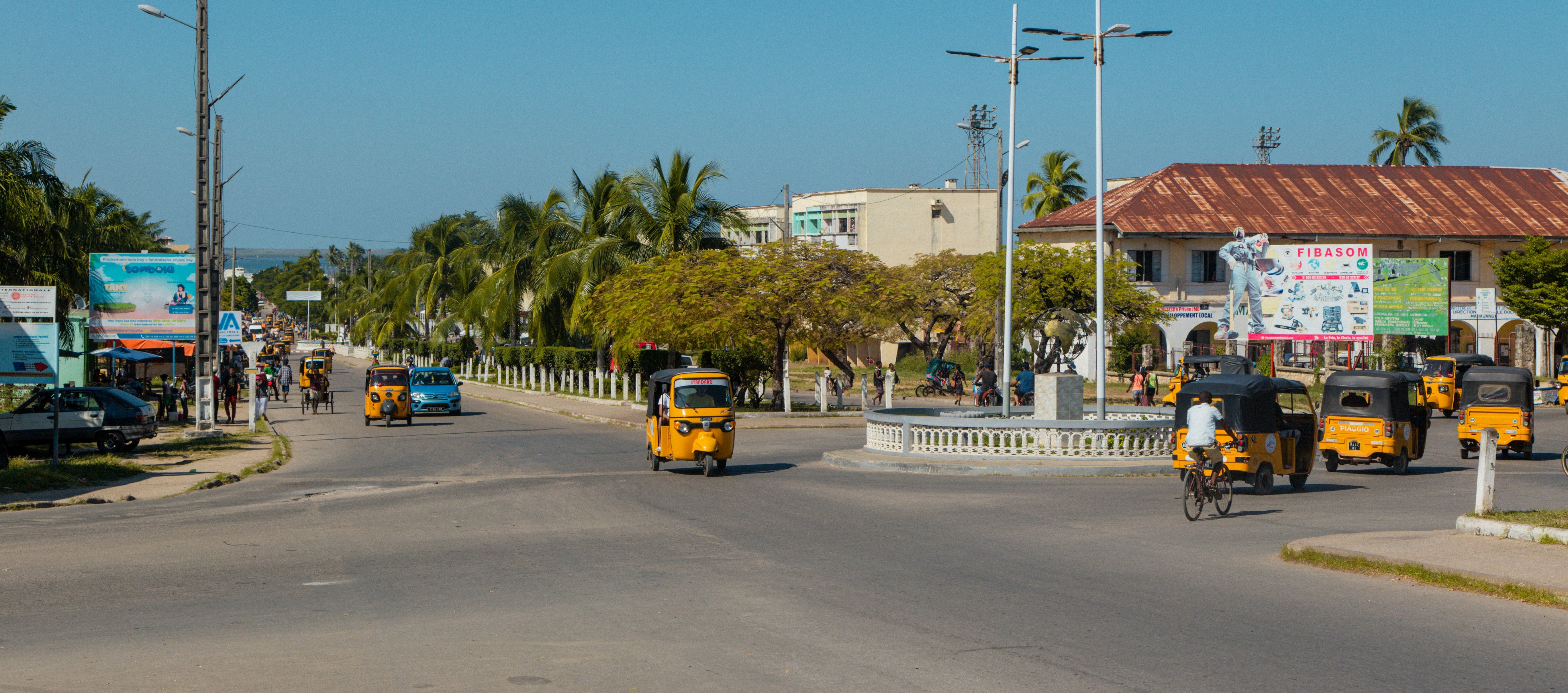Antananarivo’s Transport Puzzle: The Role of Small-Scale Solutions

Antananarivo, the bustling capital of Madagascar, is facing a transport crisis. Public transport, the cornerstone of urban mobility, is increasingly criticized for its inefficiency and disrepair. “Taxi be” buses are often overcrowded, unpunctual and uncomfortable. Transport conditions are precarious, which has a direct impact on users' quality of life.
At the same time, paratransit alternatives such as motorcycle cabs, bicycle cabs and carts have been proliferating. Although informal, these means of transport meet a specific need for mobility in neighbourhoods where conventional public transport is lacking. Motorcycle cabs, in particular, offer a fast, flexible solution to Antananarivo's chronic traffic jams. However, without adequate regulation, these alternatives create safety problems and unfair competition, encouraging the informal system.
Ways to improve craft transport and mobility in Antananarivo
On April 24 and 25, the Ivato International Conference Center hosted the Greater Antananarivo Urban Mobility Forum. This event was a crucial opportunity to discuss the challenges and opportunities of urban mobility in Antananarivo. Among the four workshops organized, the one on “Taxi be” professionalisation attracted particular attention. Participants discussed ways of improving the quality and reliability of this vital service. As the “Taxi be” is the most widely used and accessible means of transport for the urban population, the aim is to restructure it, making it a more competitive and attractive transport solution for users. Another workshop highlighted the importance of intermodality, discussing the coordination of various modes of transport to create a harmonious and efficient network.
The Zotra Fitaratra project also prioritises modernising taxis. This includes fleet renewal, organizing and regulating bus operations, and installing electronic ticketing systems. These improvements should facilitate passenger flow management and guarantee greater transparency in revenue management.
The Transitec group, Suez, and DVDH are currently working on a Sustainable Urban Mobility Plan (SUMP) for Antananarivo and the surrounding area. The plan aims to provide dignified, standard-compliant travel, reduce congestion and pollution, preserve road safety, make pedestrians safer, develop an efficient, hierarchical public transport network, improve stakeholder coordination, and propose an ambitious, realistic financing model.
Importance of improving small-scale transport
Paratransit services, such as be cabs, motorcycle cabs, bicycle cabs and carts, are currently being developed and are essential for getting people around, thanks to their affordable fares. These services meet a crucial need for travel, giving choice to those who can't afford more expensive options.
Furthermore, these modes of transport are available in areas often poorly served by public transport. Their presence ensures better geographical coverage, facilitates travel in remote neighbourhoods, and contributes to greater accessibility for all residents.
Professionalising the sector creates more stable jobs for drivers and associated workers. By optimising travel, these improvements promote social exchanges and increase economic productivity, enabling more efficient transport of the workforce and goods while supporting local economic growth.
Small-scale transport in Antananarivo is at a turning point, with public transport services lacking and small-scale alternatives rising. The modernisation of “Taxi be”, the promotion of intermodality, the Zotra Fitaratra project and the SUMP aim to improve small-scale transport. These initiatives want to make life easier for users by offering accessible options at lower cost while integrating different modes of transport for better coordination. Implementing these projects is fundamental to making the city more accessible and organised for the urban population.